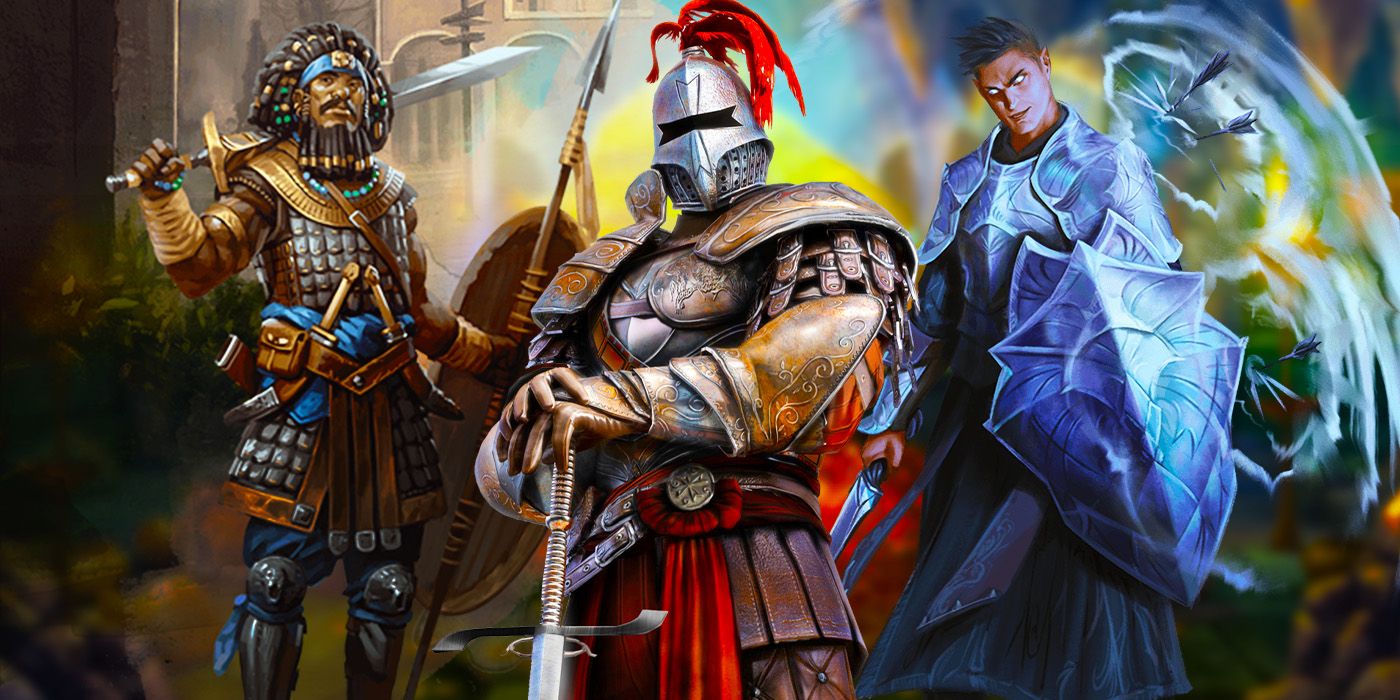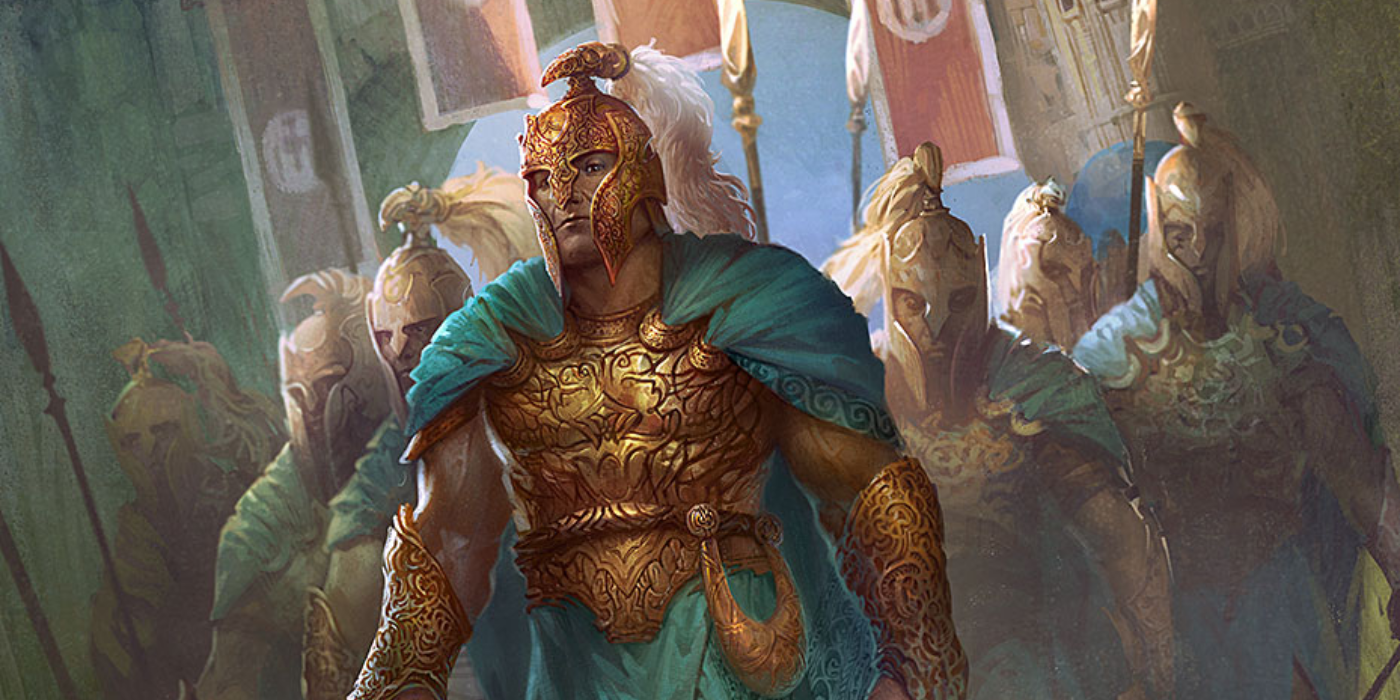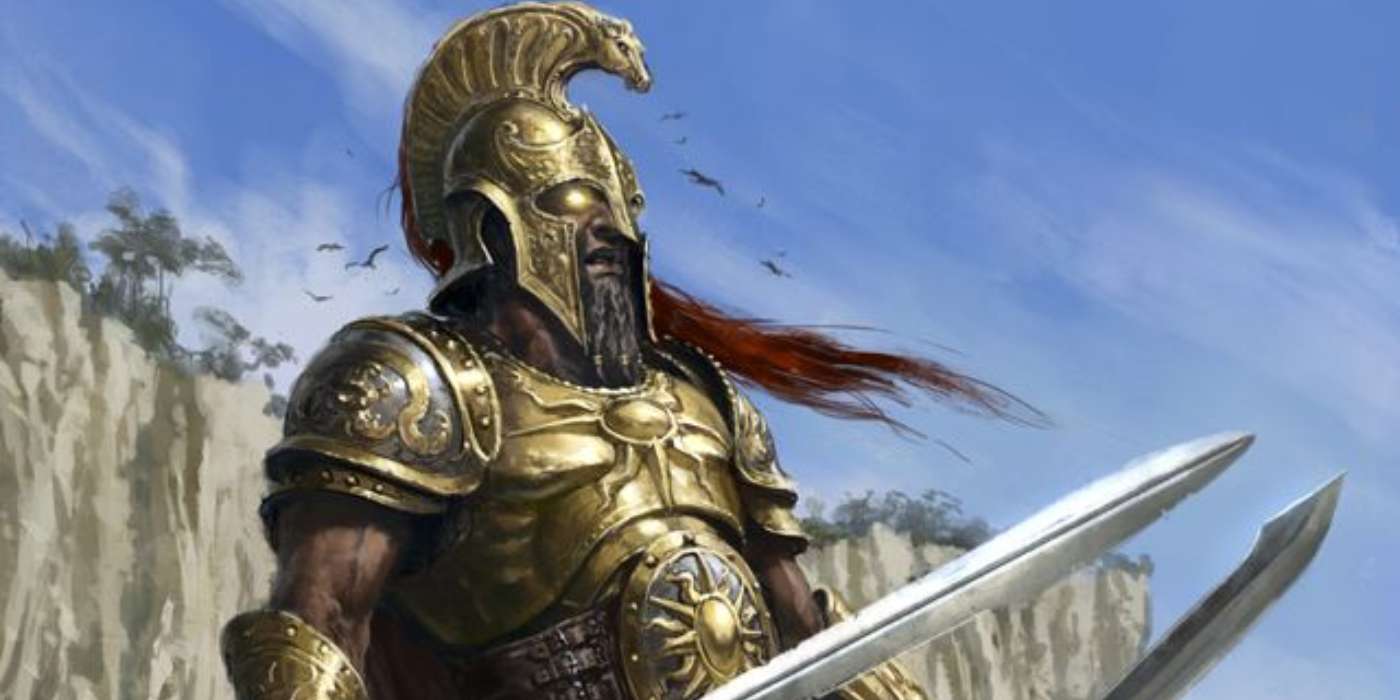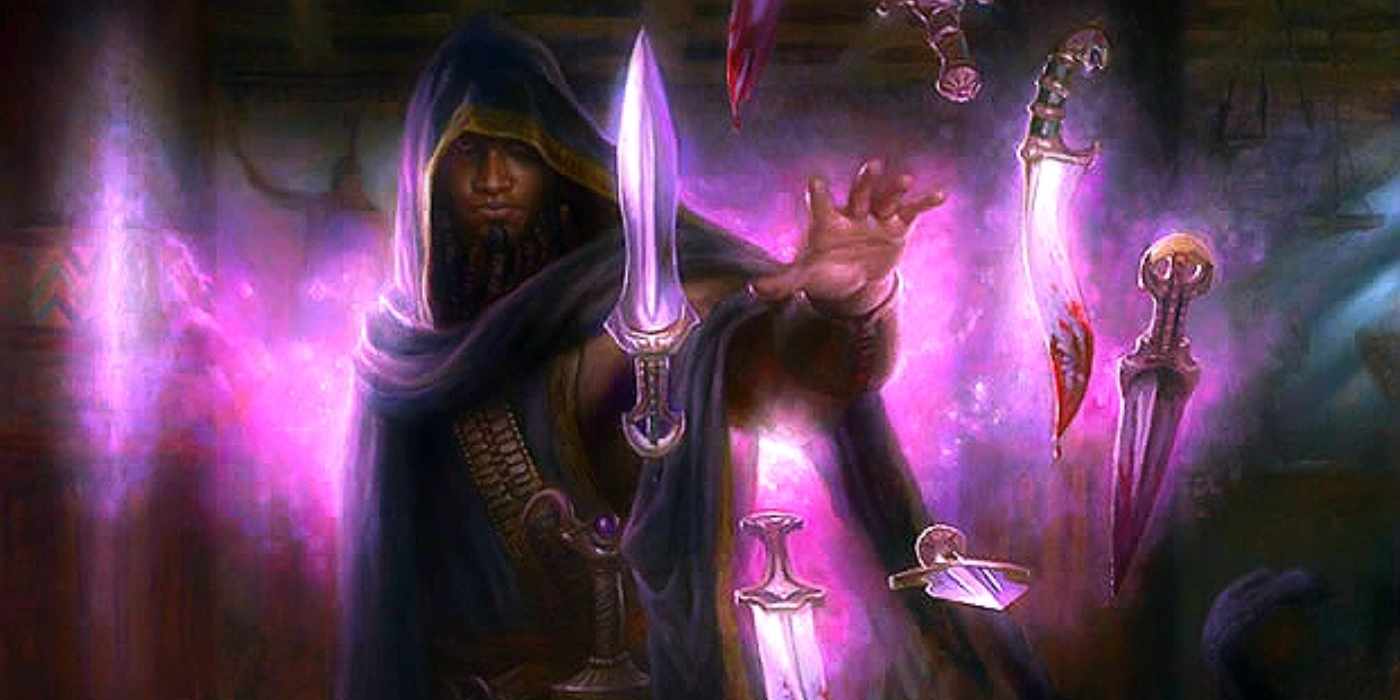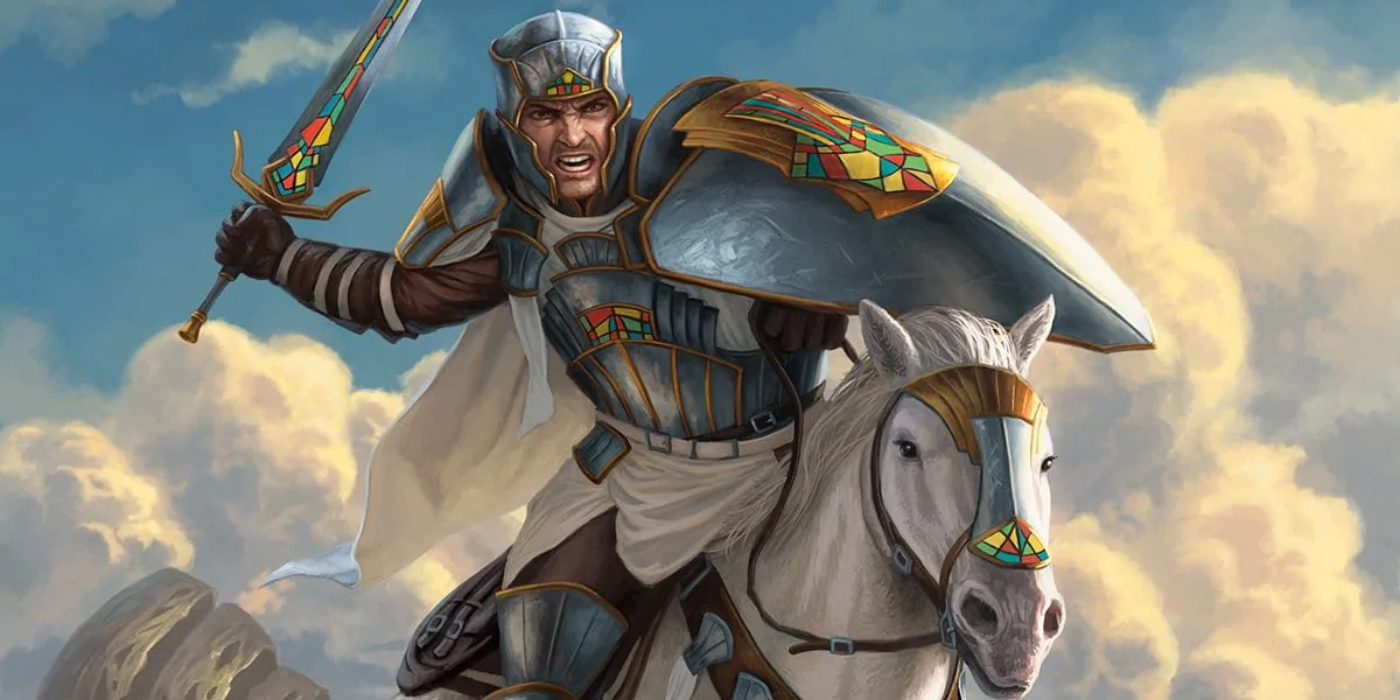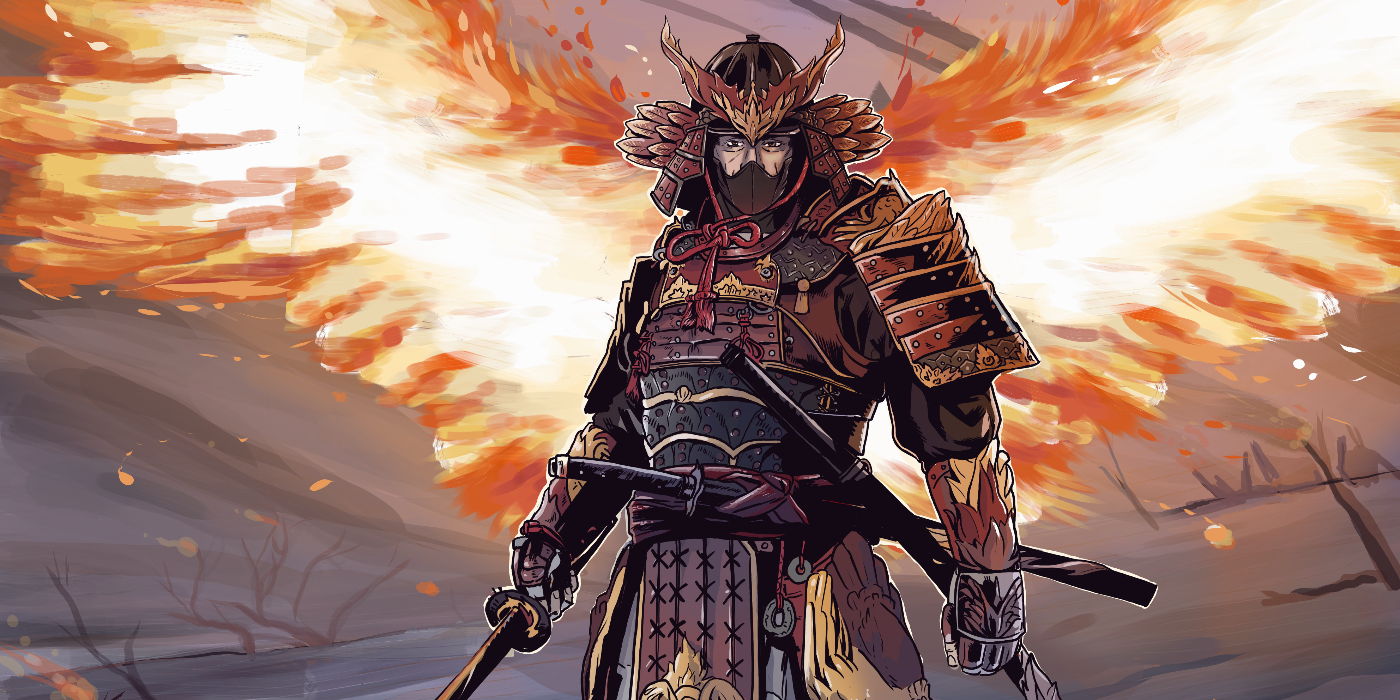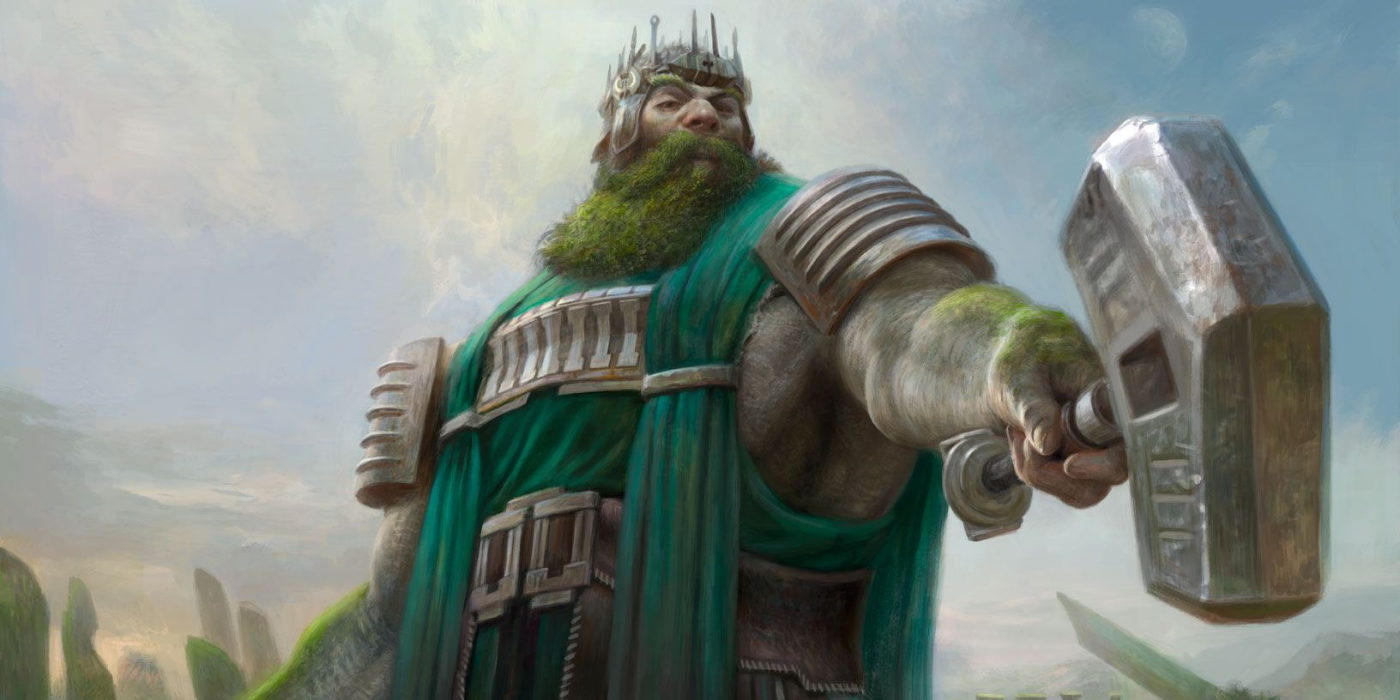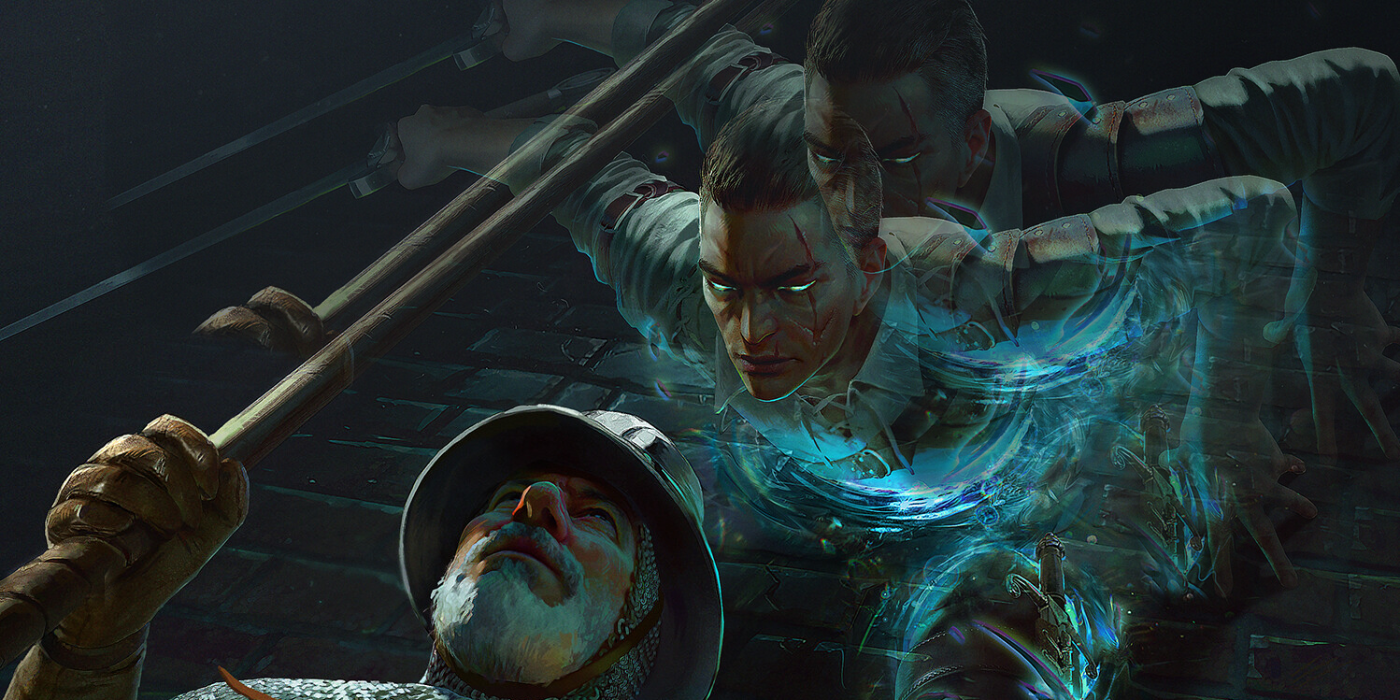Summary
- Fighters in D&D take a subclass, called a Martial Archetype, on reaching third level.
- As with all subclasses, these determine the fighter's skills as they level up, with some subclasses being better suited to certain roles than others.
- All fighter subclasses can hold their own, but some, like Echo Knight, Rune Knight, and Battle Master, are better than others.
Playing a fighter in Dungeons & Dragons can be a lot of fun with the right build. Dungeons and Dragons has always been about goofy, creative enjoyment, first and foremost, and this is true even for the so-called boring fighters. Many consider the fighter's role to be that of the simplest, blandest kind of fantasy hero: see an enemy, swing a sword at them, rinse and repeat. To some extent, it's true - fighters are primarily a melee, damage-focused class. However, the wide variety of subclasses available shows that the fighter has quite a few ways to hit things.
That said, some fighter classes are just better than others. While no subclass is truly unplayable, some of them head-and-shoulders over the others in the DnD meta. Fighters are mostly at home in battle, as their name implies, but the best subclasses also include special features to make them well-rounded. The strongest fighters don't balk at exploration, survival, or socializing, and know how to use their talents to reach the greatest potential. These are all the subclasses, called Martial Archetypes, that fighters can choose from at third level, ranked from least to most effective across all facets of DnD gameplay.
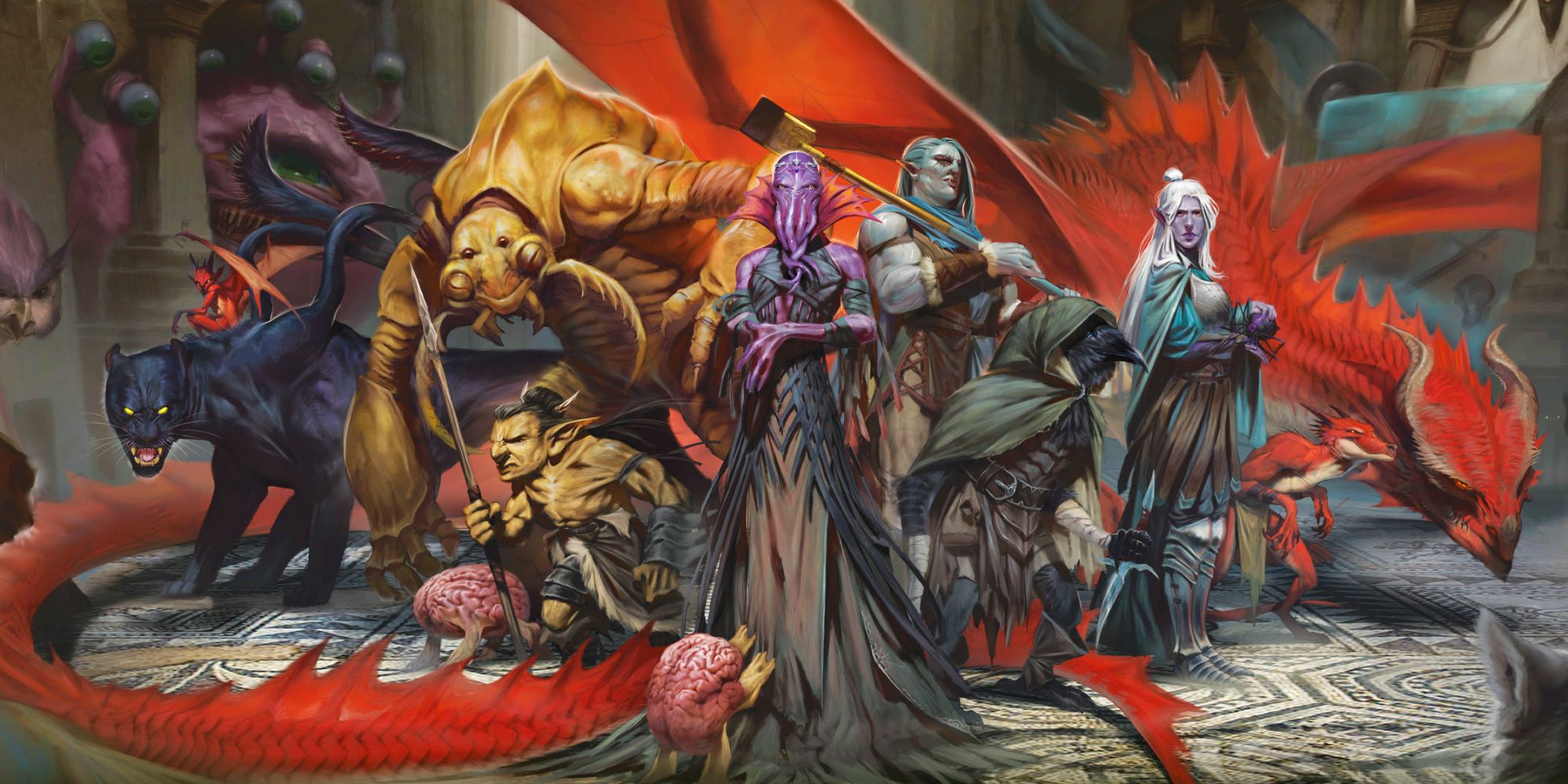
D&D In 2024: A Never-Ending Dungeons & Dragons Edition Is A Major Problem
The new year will likely see new core rulebooks for D&D. WOTC’s stated goal of a single, perpetually updated edition is an inherently flawed concept.10 Banneret Is The Worst D&D Fighter Subclass
From Sword Coast Adventurer's Guide
Something had to be at the bottom, and unfortunately for the Banneret subclass, it gets the short end of the flagpole. In theory, their role is a hybrid support fighter, inspiring allies with buffs like Bulwark, which allows allied characters to reroll failed saving throws. Banneret fighters can also heal themselves, along with the rest of the party, in battle. Rallying Cry heals allies whenever the fighter uses Second Wind. Inspiring Surge allows an ally to attack as a reaction when the Banneret procs Action Surge.
For the Banneret's capstone feature, they get to use Inspiring Surge on a total of two other allies. This subclass is just inherently boring because it forces the fighter into a poorly designed support role instead of focusing on being a good fighter first. The party would be better off with a pure fighter or a better DnD support class, like a certain cleric Domains or a paladin Oaths. And anyway, other fighter subclasses, like Psi Warrior and Cavalier, do the hybrid support fighter archetype much better.
9 Arcane Archer Isn't As Good As It Should Be
From Xanathar's Guide to Everything
Arcane Archer is a tale of wasted potential, but a good Arcane Archer build can still do some serious damage. The Arcane Archer subclass is essentially a ranged variation of the Battle Master subclass: both focus on giving the fighter a wide range of options in combat, allowing them to inflict extra damage or status effects with their weapon attacks. On taking Arcane Archer, the fighter gains magical options to enchant their arrows with Arcane Shot. These arrows can banish foes to the ether, explode with force damage, weaken enemy Constitution, pierce through cover, and hone in on enemies through divination.
All of this sounds amazing in theory, but fails in practice. The issue is that Arcane Shot only has two charges per rest, compared to the Battle Master's four Superiority Dice. It never gets more charges as the Arcane Archer levels up, while the Battle Master gains additional Superiority Dice at levels seven and 15. Arcane Shot is akin to having a severely limited spellcasting ability, and it’s way worse than any other caster's. The only feature that isn’t underwhelming is Curving Shot, as turning a miss into a hit is nice, but it’s not nearly enough to justify what is essentially a worse version of a rogue archer.
8 Champion Is Powerful, But Overly Simple
From The Player's Handbook
Champion is by no means a weak subclass, but it's not the strongest, either. Fighter only having two poor subclasses (Arcane Archer and Banneret) speaks to just how powerful the class is by default. That said, Champion is about the baseline of power potential for a fighter due to its simplicity. Playing this subclass can be too simple, in fact. The Champion fighter is the very picture of the "boring" fighter archetype.
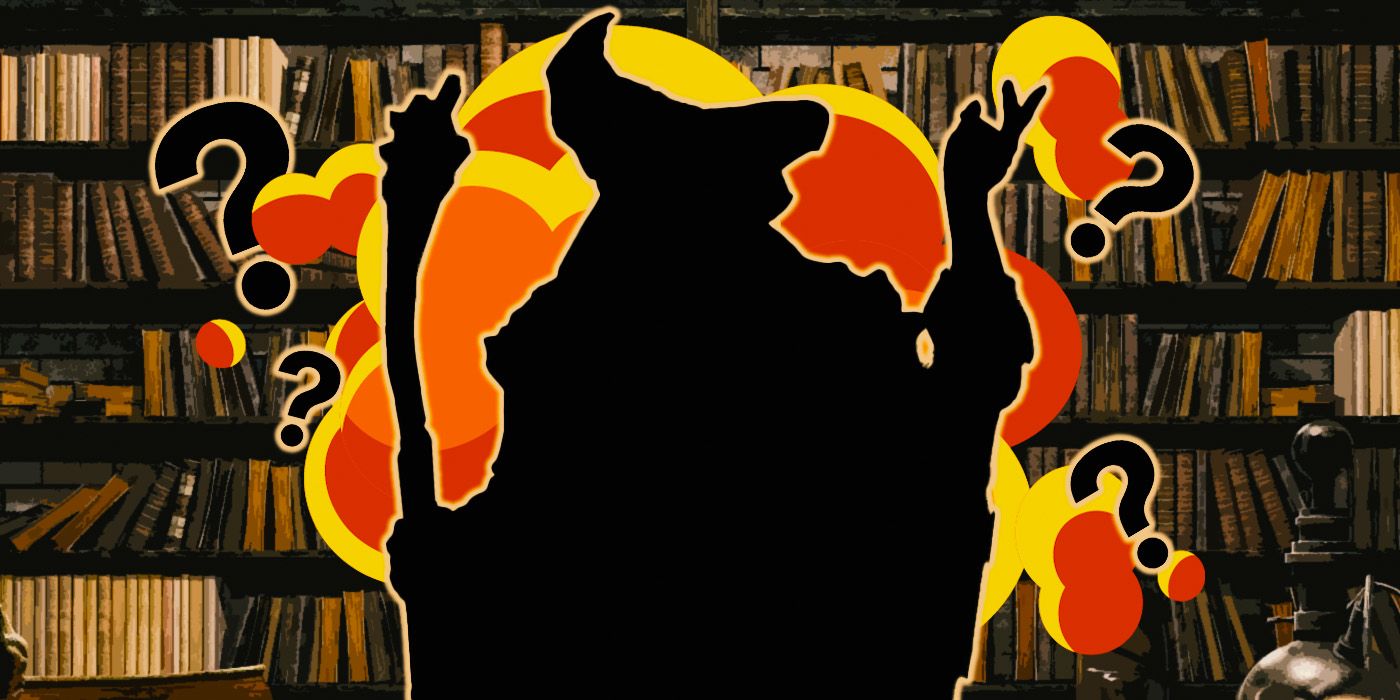
5 Coolest Unreleased D&D 5e Classes and Subclasses
Unearthed Arcana playtested many classes and subclasses that were never officially published, but PDFs can be found on Wizards of the Coast's website.Even so, Champion is a powerhouse in combat. Improved and Superior Critical make it easier to land devastating blows by lowering the critical range - in essence, the number a player has to land to score a critical hit. Remarkable Athlete adds half the Champion's proficiency bonuses to all their physical stats. They can also choose an Extra Fighting Style at tenth level. Their capstone feature, Survivor, makes the fighter regain hit points at the start of each turn. All in all, it’s a solid subclass with a lot of power. Champion just suffers from a lower ceiling of versatility when compared to other fighter subclasses.
7 Psi Warrior Is Difficult To Optimize, But Can Pull Off Incredible Maneuvers
From Tasha's Cauldron of Everything
Psi Warrior is a unique support fighter class that can be hard to optimize. Psi Warriors rely on multiple different ability scores, usually Strength, Constitution, Dexterity, and Intelligence, to execute their most powerful combat maneuvers. This is commonly called a MAD (multiple-ability dependent) subclass. But owing to the Psi Warrior's MAD skill set, they're capable of some off-the-wall support tactics. Psi Warrior's niche lies in controlling the battlefield by creating advantages for their allies and obstacles for their opponents. They use Psionic Energy dice for their special abilities, which are their main resource. A decent Intelligence modifier can also add a consistent boost to these rolls.
Psionic Strike can be used to gain additional damage on attack rolls. Protective Field reduces the damage that the Psi Warrior or another ally in their vicinity takes. The utility workhorse of the subclass is Telekinetic Movement, which allows the Psi Warrior to block sight, toss boulders, and save allies. Telekinetic Master allows the Psi Warrior to cast Telekinesis for every expense of a Psionic Energy die. Basically, this is the Jedi subclass, especially paired with the Telekinetic feat.
6 Cavalier Gets A Slow Start
From Xanathar's Guide to Everything
Cavalier is a skill-intensive subclass that only really shines in the late game, while pretty ineffective at low levels. Its main role is essentially that of a mounted tank, reining in enemies' attention and then baffling them by charging across the battlefield. Cavaliers fulfill this role very well thanks to their potent abilities. Unwavering Mark is a strong DPS tool that punishes enemies that don’t focus on the Cavalier, applying disadvantage when their attack rolls target anyone else. However, this is the only always-useful skill Cavalier gets until seventh level - their only other feature until then, Born to the Saddle, is only any help when they're mounted.
Warding Maneuver is a solid tanking tool that helps keep allies alive by shielding them from powerful blows. Hold the Line is the backbone of this class, forcing creatures to remain perfectly still within melee distance of the Cavalier, lest they suffer an opportunity attack. Ferocious Charger is also a good feature, simply because knocking people prone is good. (While prone, a creature has disadvantage on melee attack rolls.) The reward for sticking with the subclass is Vigilant Defender, a powerful feature that allows the Cavalier to make opportunity attacks every single turn except theirs. With Polearm Master, this makes Cavalier a veritable one-man army.
5 Samurai Balances Charisma And Capability
From Xanathar's Guide to Everything
While most fighters are gruff and tough sourpusses, Samurai break the stereotype of fighters by actually being good "faces" for the team. Their feature Elegant Courtier, which adds a Wisdom modifier to Persuasion checks, and their Bonus Proficiency in Persuasion make them excel in social situations. They also gain proficiency in Wisdom saving throws. Fighting Spirit is their bread and butter, allowing them to gain an advantage on all weapon attacks in a single turn as a bonus action. That also comes with a handful of temporary hit points.
At the tenth level, Tireless Spirit ensures the fighter always has one Fighting Spirit charge ready to go - if they're all out, they regain one on rolling initiative. Rapid Strike allows the Samurai to forgo their advantage for more weapon attacks. Combined with feats that grant additional bonuses or weapon bonus attacks, this is an incredibly powerful feature. The capstone feature Strength Before Death allows the Samurai to react to Death by spitting in its face, delaying their fall by an extra turn. All in all, Samurai is an unbelievably tough subclass that can take as much damage as it dishes out.
4 Eldritch Knight Is Excellent In The Right Hands
From The Player's Handbook
Eldritch Knight is sort of the gatekeeper for the top-tier fighter subclasses. Although potentially as powerful as any other top-tier subclass, it’s also the hardest to use effectively. Proper planning and resource management is a must for all third casters - classes that learn magic slowly, and only as auxilliary complements to their main features. Still, for those who love spells but hate the squishiness of most DnD caster classes, Eldritch Knight is a perfect subclass with strong out-of-combat capabilities.
The key here isn’t to prioritize offensive spells that rely on a high Intelligence score. Instead, top-tier Eldritch Knights will be using spells like Shield, Absorb Elements, and Haste to buff themselves, turning them into incredible tanks. War Magic ensures that fighters can still whack enemies with their bonus actions while casting cantrips with their main actions, and Arcane Charge is a fun teleport tool to wreak havoc on the battlefield after an Action Surge.
3 Rune Knight Is An Easier Version Of Eldritch Knight
From Tasha's Cauldron of Everything
Rune Knight might not have the sheer utility of Eldritch Knight, but it's a lot easier to use, and is rarely found lacking in resources where Eldritch Knight can easily run out of spell slots. It’s a subclass that excels at grappling and tanking thanks to its main feature, Giant’s Might. This feature grows a character to the size of Large, which increases their ability to grapple or shove big monsters while making it more difficult to do the same to them. Giant's Might also gives them an advantage on Strength checks and saving throws, as well as extra 1d6 damage on physical attacks.
Runic Shield is a great support tool for protecting allies. On each long rest, the Rune Knight can create a number of magical runes dependent on its level. Each rune has an in-combat effect, and an out-of-combat effect: for example, a Cloud Rune provides advantage on Sleight of Hand and Dexterity checks, and also allows the Rune Knight to alter an attack's target. These ensure the Rune Knight remains effective in every battle, even more so thanks to their short rest cooldown on active abilities. Outside those active abilities, the runes also provide powerful passive benefits that make the fighter effective in and out of combat.
2 Echo Knight Is A Truly Unique Fighter Subclass
From Explorer's Guide to Wildemount
Echo Knight is an especially remarkable fighter subclass thanks to its unorthodox features. Its main ability, Manifest Echo, summons a copy of the Echo Knight in a space near them, with a similar set of stats. The Echo Knight can swap places with the Echo at will, or use the Echo to attack an enemy out of reach. Unleash Incarnation, gained immediately on taking this subclass, allows the Echo Knight to attack with their Echo at the same time.
Echo Avatar allows the Echo Knight's consciousness to be transferred to the Echo for 10 minutes, using it as their eyes and ears. Shadow Martyr lets the Echo sacrifice itself to protect the original Echo Knight or an ally. Reclaim Potential lets the Echo Knight absorb the Echo as temporary HP when it's destroyed. The Legion of One capstone takes it up a notch by allowing the Knight to summon two Echos instead of just one. The lore of the Echo Knight is rife with D&D character backstory inspiration, with the fighter relying on the power of a superior alternate self with limited capacity in this dimension.
1 Battle Master Is The Best Fighter Subclass In D&D
From The Player's Handbook
Without a doubt, Battle Master is the ideal fighter subclass. Its main feature, Combat Superiority, allows the Battle Master to draw on an ever-growing pool of Superiority Dice, which grant them a variety of maneuvers to help them in battle. Disarming, tripping, parrying, and all those things that fighters are known to do, are honed down to a science with Battle Master. By far, they are the most versatile of the fighter subclasses, and reliably so, too.
With the right feats, Battle Master could fulfill any sort of role a fighter could want. For DPS, Precision Attack with Polearm Master can create incredible damage output. For tanks, Trip Attack with Sentinel helps draw enemy attention and keep allies safe. For all-around support, Commander’s Strike and Rally are potent buffs for the rest of the party. Whatever the situation, a Battle Master can fight their way out of it, and that’s exactly what a Fighter should be.
While some fighter subclasses are objectively better than others, none of them are totally useless. Each kind of fighter has its niche, and each unique party needs a different kind of ally. As a result, in the right hands, and when combined with the best feats, multiclasses, and magic items for DnD fighters, any subclass can hold its own. Having an ultra-powerful character is nice, but doesn't always provide the best experience. As with any class, the best kind of Dungeons & Dragons fighter is one of a subclass the player enjoys and is interested in.
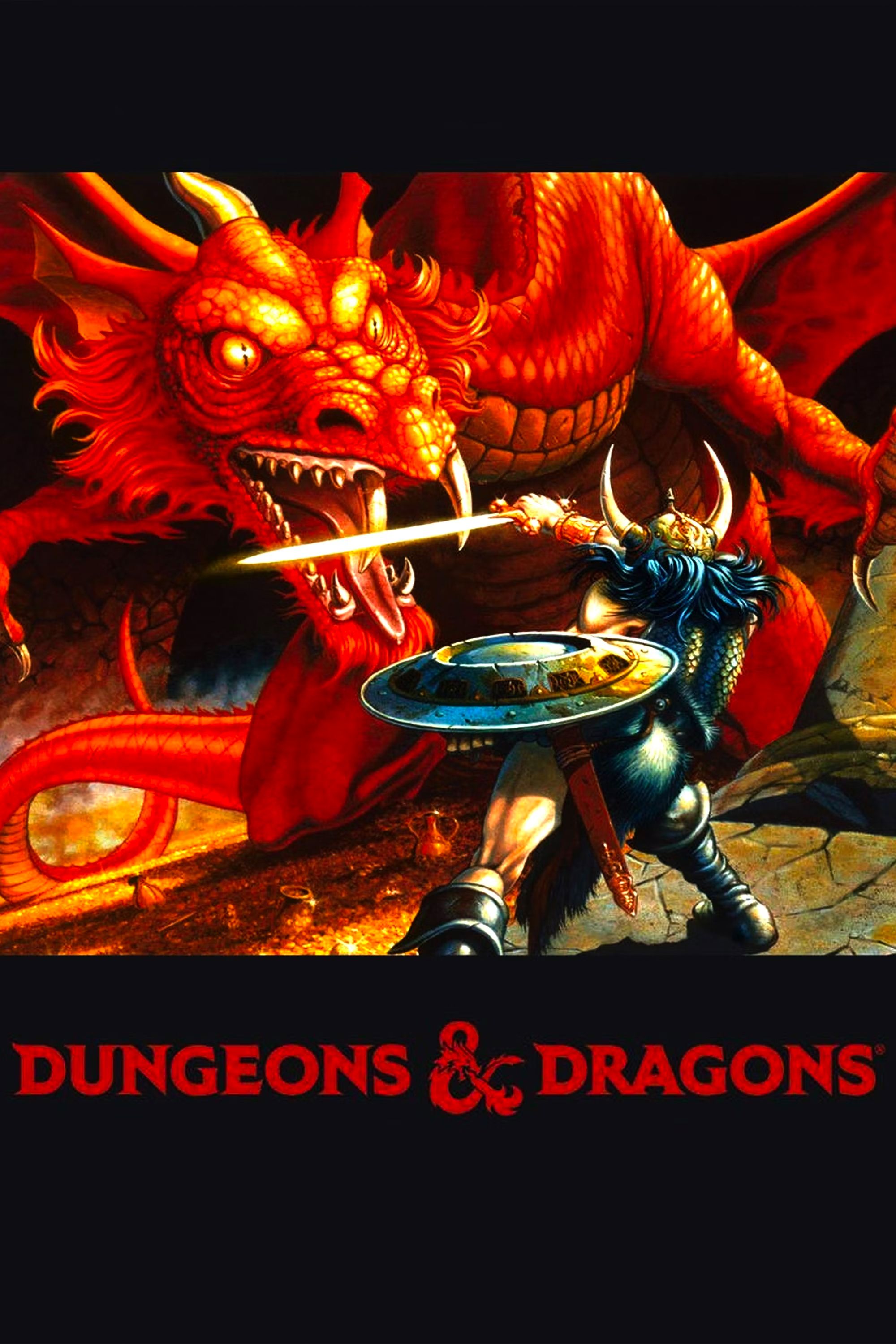
Dungeons and Dragons
Dungeons and Dragons is a popular tabletop game originally invented in 1974 by Ernest Gary Gygax and David Arneson. The fantasy role-playing game brings together players for a campaign with various components, including abilities, races, character classes, monsters, and treasures. The game has drastically expanded since the '70s, with numerous updated box sets and expansions.
- Franchise
- Dungeons & Dragons
- Original Release Date
- 1974-00-00
- Publisher
- TSR Inc. , Wizards of the Coast
- Designer
- E. Gary Gygax , Dave Arneson

